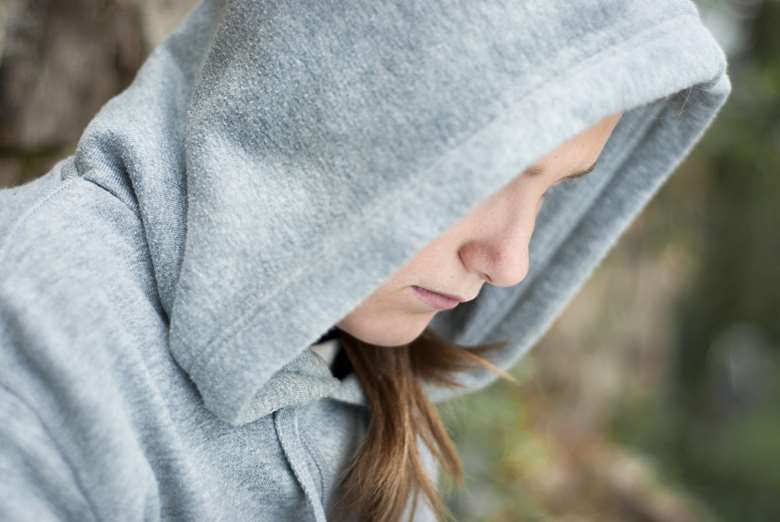Girls in secure estate facing ‘high levels of trauma and risk of self-harm’
Joe Lepper
Wednesday, October 6, 2021
Experts are warning that girls in the youth secure estate are facing high levels of mental health problems and are at an increased risk of self-harm.

Challenges they are facing include tackling “prolonged and pervasive experiences of abuse and adversity”, says the report by the Centre for Mental Health.
Another challenge is being placed far from their home. The report found that girls are more likely than boys to be placed outside of their local area. In 2019 eight out of ten girls were placed more than 50 miles from their home, compared with less than four out of ten boys.
-
Analysis: ‘Commission will look for solutions to generational cycles of violence’
-
Analysis: How justice system fails girls
Being placed away from their home exacerbates mental health problems, as it makes it harder for young people to maintain family relationships and access support from local services.
Girls in the secure estate “felt abandoned and forgotten by their community and social workers”, researchers say.
Trauma they are dealing with includes sexual exploitation and the experience of being incarcerated itself.
One girl interviewed for the report said: “As kids we’re still developing, and we will need more help and support."
But another raised concerns that their signs of trauma are being ignored by staff, saying “they assume everyone’s faking, and that’s why they don’t listen”.
Self-harm risks facing girls in the secure estate are also revealed in the report, called Out of Sight.
Girls are more likely than boys to self-harm in the secure estate, the report finds.
It adds that staff commonly use force to restrain young people from self-harming, “which in itself can be traumatic, especially for those with histories of physical and sexual abuse".
Report author and the centre’s associate director for children and young people Lorraine Khan said: “Evidence suggests that girls are better at hiding and masking childhood trauma, distress and neurodiverse needs.
“This results in girls going under the radar – missing out on critical opportunities for early intervention or for additional support during childhood. As a result, some girls’ difficulties multiply and become entrenched over time – particularly when they then face further abuse and sexual exploitation during adolescence.
“During this review we heard about important gaps in early effective community support for vulnerable girls making them more at risk of ending up in the children and young people's secure estate.”
Being called for is earlier support for girls who have experience of trauma as well as a stronger focus on their mental health needs.
Extra support for girls when they enter the secure estate until after they leave is also recommended. This requires stronger staff training around trauma-based care and managing the risk of self-harm.
Earlier identification of girls with trauma is also called for. This should have a focus on girls from ethnic minorities, who are over-represented in the secure estate. “There is some evidence that they may be less likely to have their vulnerabilities and needs recognised,” warns the report.
Most girls in the secure estate are placed in secure children’s homes, with a small number at Rainsbrook secure training centre. The total number of new admissions of girls into the secure estate between January 2017 and May 2020 was 624.




